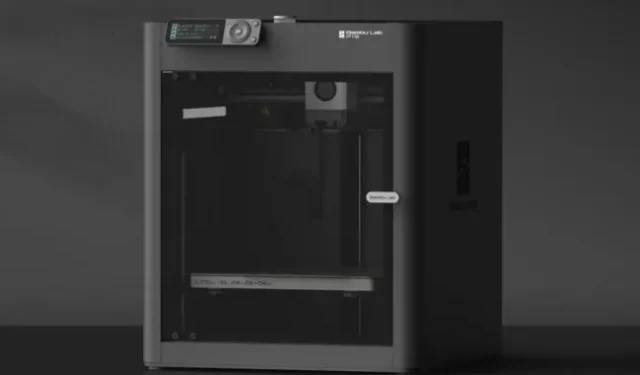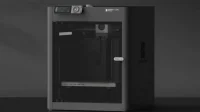Imagine waking in the middle of the night to the sound of your 3D printer, printing away. You know you didn’t request a print. In fact, you’re sure of it, because your previous project is still on the printer. It sounds like an eerie technological haunting or as if the machines have finally become self-aware. Thankfully, the problem stems from something less creepy but perhaps just as scary: a cloud outage.
As reported by The Verge, on August 15, numerous owners of Bambu Lab 3D printers reported that their device started printing without their consent. It didn’t matter if said printing resulted in bent or broken nozzles or other components, or if it involved printing a project on top of another. It didn’t matter if it was an ungodly time, like 4 in the morning; the printers, which cost anywhere from $599 to $1,449, were printing.
“Started a print @ 11PM. Time-lapse shows it finish successfully at just before 2AM.At ~2:30AM while I slept, the machine started itself again with the last print still on the bed. I see a timestamped time-lapse video that starts at about 2:30AM,”a Reddit user going by u/beehphy complained on the r/BambuLab subreddit.
The user continued by saying, “filament spilled out the side and coiled up all inside the chamber, and it only stopped feeding once the temperature sensor was ripped out.”
The company announced a “cloud printing failure”on its system status page and wrote an August 16 blog post saying it would look into the problem.
Bambu detailed the “cloud outage”more on August 18, saying:
A second connection failure was detected and the service managed to reconnect successfully this time, but the result was the system sending the accumulated print start messages to a number of printers that received the information and started printing if the printer is idle.
Also contributing to the problem was a “large number of API access requests”performed simultaneously, preventing a timely response. This is because the printers’ Bambu Studio software uses a logic that “reinitiate[s] a print request immediately after accessing the cloud.”


